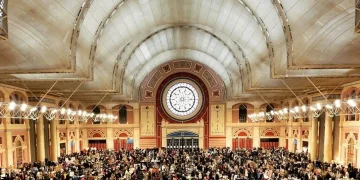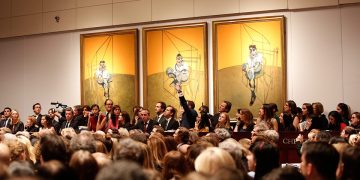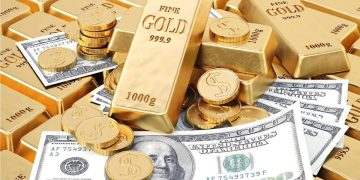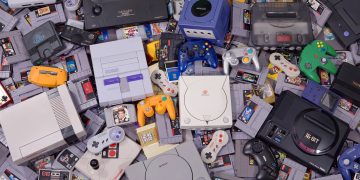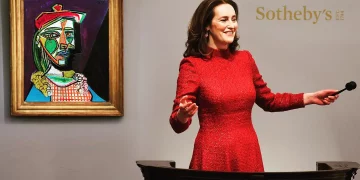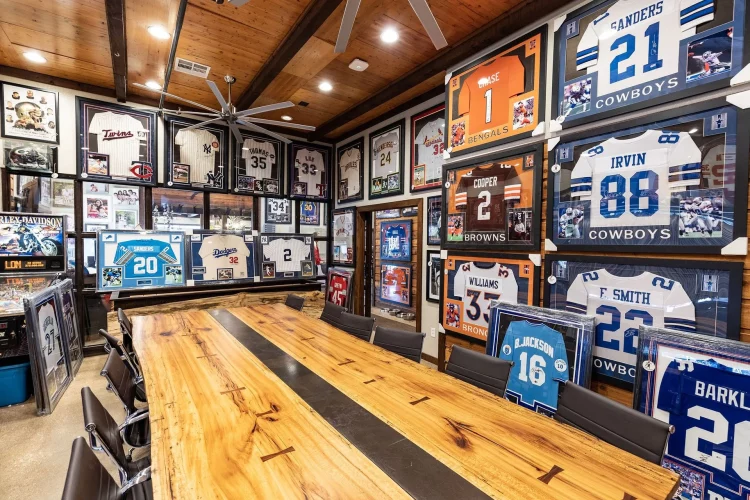The collectibles market is a fascinating and often unpredictable realm, attracting individuals ranging from passionate hobbyists to savvy investors. As with any market, the value of collectibles—whether they be rare art, vintage cars, sports memorabilia, or comic books—does not exist in a vacuum. Instead, it is profoundly influenced by broader economic forces. In this article, we will explore how shifts in the global economy affect the collectibles market, delve into the key economic indicators that impact it, offer predictions for the future, and discuss some recent news stories that highlight the intersection of economics and collectibles.
1. How Shifts in the Global Economy Influence Collectible Prices
The collectibles market, like many others, operates within the broader global economic framework. Economic trends—such as inflation, recession, and changes in interest rates—can dramatically affect demand and, by extension, prices. When the economy is thriving, disposable income tends to rise, leading to greater consumer spending on luxury items, including collectibles. Conversely, during economic downturns, spending power decreases, and individuals prioritize essential goods over non-essentials, which includes rare or luxury items like collectibles.
One of the most significant global economic factors influencing the collectibles market is inflation. As the cost of living rises, people may be less willing to spend large sums on items they perceive as non-essential, which can lead to a drop in demand. However, some collectible markets, particularly those involving high-value items like fine art, have been known to perform relatively well during periods of inflation. This is because collectors often view high-value collectibles as a hedge against inflation, seeing them as stable stores of value when traditional financial assets, such as stocks or bonds, become volatile.
On the other hand, during times of economic growth and optimism, disposable income increases, and luxury spending surges. The collectibles market can experience an upswing as a result. For instance, the art and sports memorabilia markets often see a rise in sales during periods of economic growth, as both wealthy individuals and collectors are more willing to invest in high-end items.
Moreover, the global economy can impact the collectibles market through changes in exchange rates. When currencies fluctuate, international collectors may find it more expensive or cheaper to purchase items from abroad. This could influence the volume of transactions in the market, especially for global industries like the art market or rare cars, which often have a strong international customer base.
Finally, major economic crises, such as recessions or stock market crashes, have the potential to both depress and, in some cases, boost the collectibles market. During the global financial crisis of 2008, for example, while many sectors took a hit, certain high-end collectibles—like luxury watches, fine wines, and vintage cars—saw price increases. This may seem counterintuitive, but wealthier individuals often turn to tangible assets like collectibles as a form of diversification in uncertain times.
2. Analyzing Economic Indicators that Impact the Market
Several key economic indicators can provide valuable insights into how the collectibles market might behave in the near future. These indicators help investors and collectors make informed decisions about their buying and selling strategies.
Gross Domestic Product (GDP)
GDP is one of the most widely used measures of a country’s economic health. When GDP is rising, it indicates that the economy is growing, and individuals are generally more financially secure. In such an environment, spending on collectibles tends to increase, as more disposable income becomes available for non-essential purchases. Conversely, when GDP contracts, consumer confidence often falls, and discretionary spending, including on collectibles, may slow down.
Unemployment Rates
Unemployment rates are another critical indicator. High unemployment means fewer people have steady income, which can result in reduced consumer demand for luxury goods, including collectibles. On the flip side, when employment is high, people are more likely to have the financial stability to engage in hobbyist or investment-driven purchases of collectible items.
Inflation
Inflation directly affects the value of money over time. As inflation rises, the purchasing power of consumers declines, and they may shift their focus toward tangible assets, including collectibles, as a hedge against the erosion of currency value. Certain collectible markets, particularly those dealing in fine art and luxury goods, have historically performed well in inflationary environments as investors seek stable assets.
Interest Rates
Interest rates set by central banks have a ripple effect across the economy. When interest rates are low, borrowing becomes cheaper, and people may be more willing to spend on luxury items, including collectibles. However, when interest rates rise, borrowing becomes more expensive, and individuals might reduce their spending on non-essential goods, impacting the demand for collectibles.
Consumer Confidence
Consumer confidence is a psychological indicator that reflects how optimistic or pessimistic individuals are about their financial situation and the broader economy. When consumer confidence is high, people are more likely to make discretionary purchases, including collectibles. However, when confidence dips, individuals may hold off on purchasing expensive or rare items, leading to a cooling effect on the collectibles market.
Stock Market Performance
The performance of the stock market is often tied to investor sentiment and economic outlook. When the stock market is doing well, it may signal that the economy is stable or growing, leading to increased spending on collectibles. However, when the stock market falters, some investors may look to diversify their portfolios by acquiring tangible assets, which can drive up prices in the collectibles market.

3. Predictions for the Collectibles Market in the Current Economic Climate
As of 2025, the global economy is still recovering from the effects of the COVID-19 pandemic and adjusting to new geopolitical dynamics, such as the ongoing trade tensions between major global powers and the impacts of climate change on industries. These factors have created an unpredictable economic environment that is influencing the collectibles market in various ways.
Resilience Amid Economic Uncertainty
Despite the current economic challenges, certain segments of the collectibles market are showing signs of resilience. The high-end art market, for instance, has seen a steady increase in prices, with many collectors viewing fine art as a stable investment that can weather economic storms. The global demand for rare art and luxury items has also been buoyed by the increasing number of ultra-wealthy individuals, particularly in emerging markets such as China and India.
Similarly, vintage cars and sports memorabilia continue to see strong demand. Even with economic uncertainty, people are still willing to spend substantial amounts on items that hold sentimental or historical value. Collectibles with strong cultural significance, such as rare sports jerseys, are performing particularly well in auction houses.
Rise of Digital Collectibles
One of the most significant trends in the collectibles market in recent years has been the rise of digital collectibles, such as non-fungible tokens (NFTs). These digital assets have introduced new ways for collectors to buy, sell, and trade rare items, and the market for NFTs has boomed during periods of economic uncertainty. As digital assets become more mainstream, they could play an increasingly significant role in the collectibles market, diversifying the types of items available for investment and collection.
Sustainability and Ethical Investing
As more consumers and investors focus on environmental sustainability and ethical considerations, there may be a shift toward collectible markets that align with these values. For example, eco-friendly or ethically sourced materials may become increasingly important in certain collectible categories, such as fashion and jewelry. The trend toward socially responsible investing could also lead to a growing demand for collectibles that have a positive environmental or social impact.
4. Key News Stories on Economic Factors Affecting Collectibles
Several recent news stories highlight the ways in which economic factors are impacting the collectibles market.
The Boom in Digital Art and NFTs
The NFT market has experienced significant growth, with high-profile sales making headlines worldwide. One notable event was the sale of an NFT artwork by Beeple for $69 million at a Christie’s auction in 2021. This unprecedented sale cemented NFTs as a legitimate part of the art world, demonstrating how technological advancements and economic shifts are reshaping the collectibles market.
The Impact of Inflation on Rare Cars
In 2023, a surge in inflation led to a noticeable spike in the prices of classic cars. Certain models from Ferrari, Porsche, and other luxury brands saw their values increase, as collectors looked to rare automobiles as a hedge against inflation. This trend continued into 2024, with many experts predicting that the market for vintage cars will remain strong, driven by both economic factors and increasing global demand.
The Art Market’s Resilience
The art market continues to show resilience in the face of economic uncertainty. Despite broader economic challenges, auction houses such as Sotheby’s and Christie’s have reported record-breaking sales, particularly in the contemporary art sector. The performance of the art market suggests that, for high-net-worth individuals, investing in fine art remains an attractive and relatively stable option during uncertain economic times.
Global Economic Factors Shaping the Luxury Goods Market
The luxury goods market, which includes many collectible items, has been impacted by shifting global dynamics, such as trade policies, tariffs, and changing consumer behavior in different regions. In particular, the rise of affluent consumers in emerging markets has reshaped the luxury goods sector, with collectibles seeing significant growth in markets like Asia and the Middle East.













